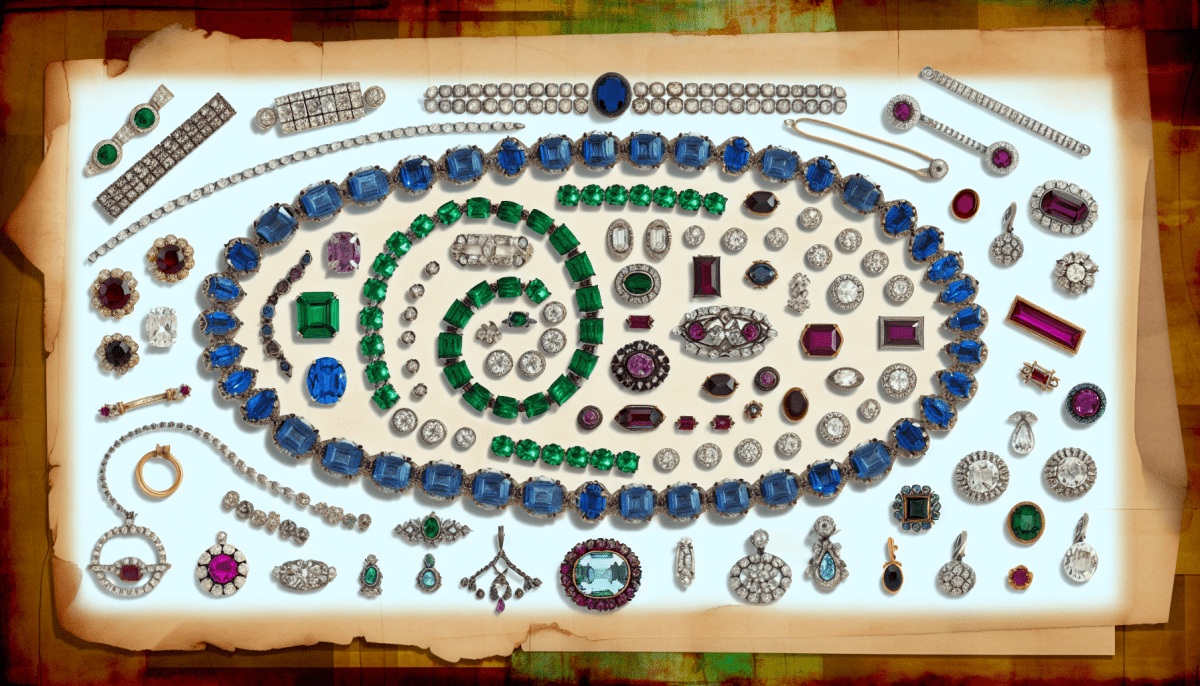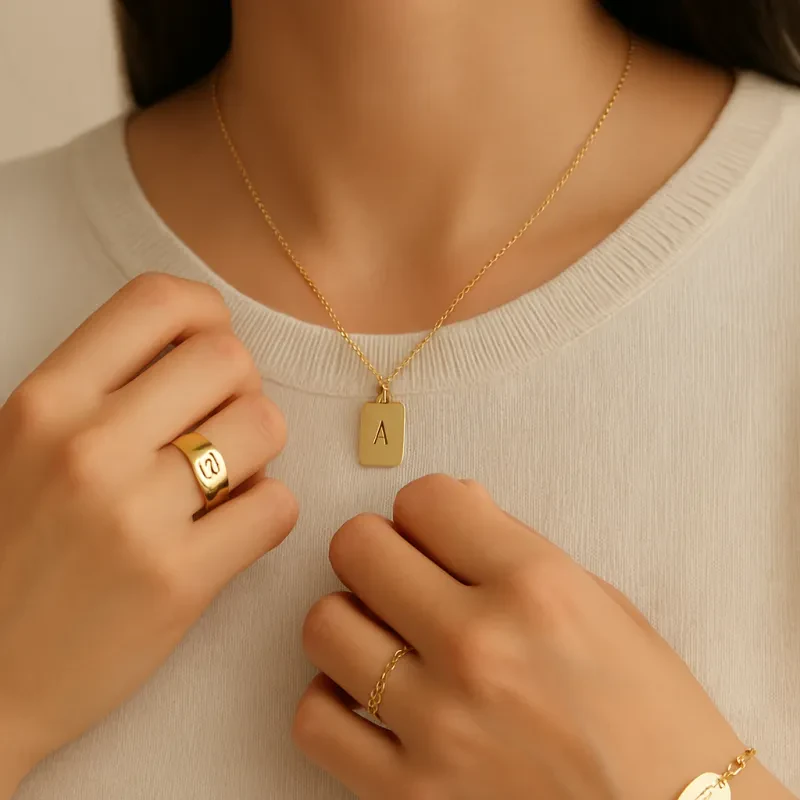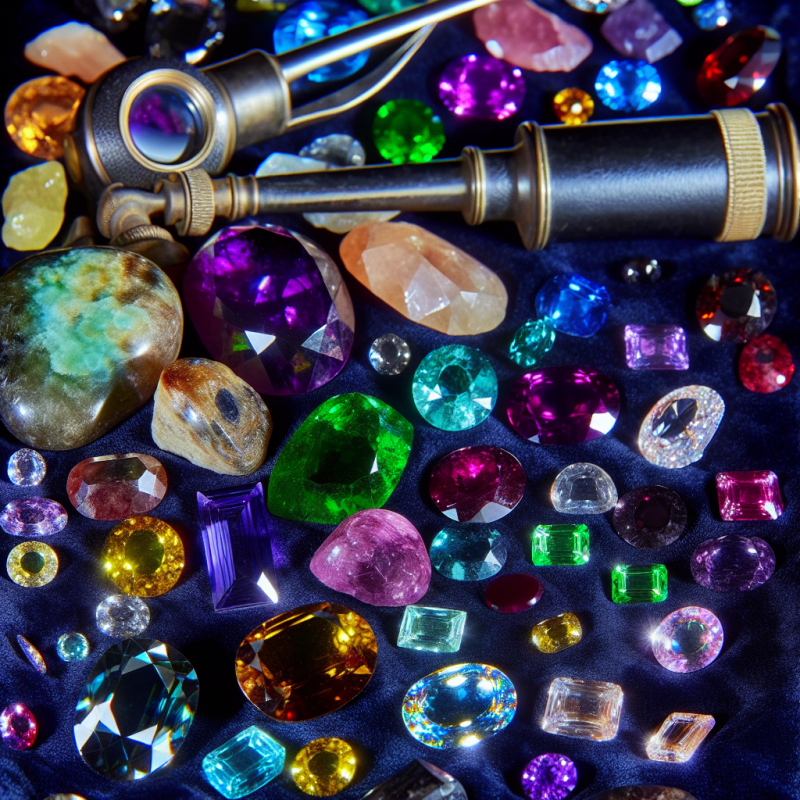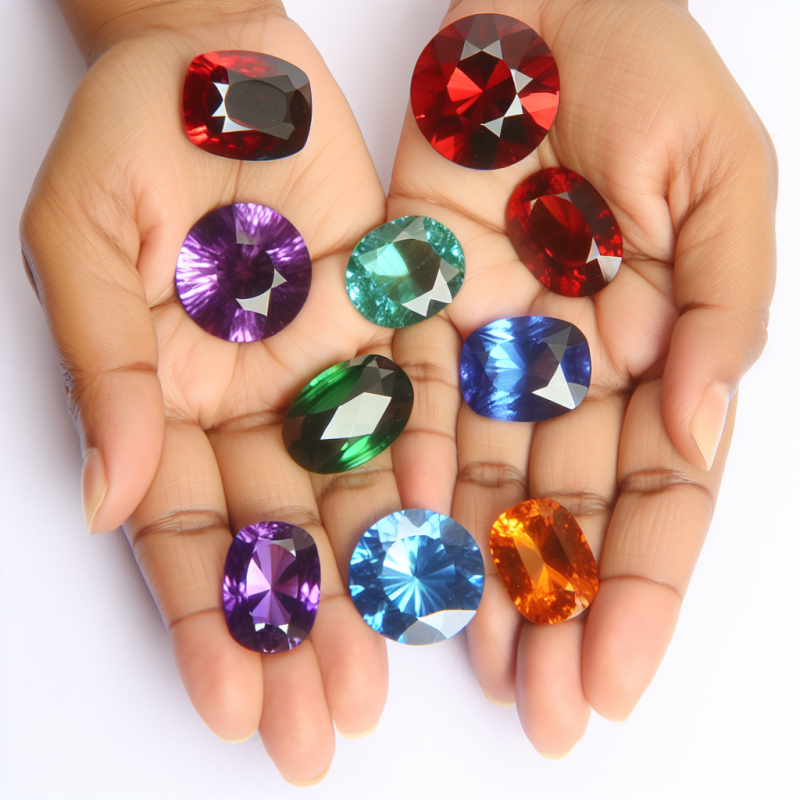Gemstone jewelry has a rich history that dates back thousands of years. The ancient civilizations of Egypt, Mesopotamia, and India recognized the beauty and significance of gemstones even before the first jewelry pieces were made. People adorned themselves with these sparkling materials, believing they held protective powers and could bring good fortune. It's fascinating to think that the desire to wear beautiful stones is something we still share today!
In Egypt, gemstones were often used in burial ornaments. The famous Pharaohs wore intricate pieces made from lapis lazuli, turquoise, and carnelian, which were thought to help guide them through the afterlife. Ancient Egyptians believed that each stone had its own unique energy and healing properties, making them valued not just for aesthetics but also for spiritual reasons.
Meanwhile, in Mesopotamia, the artisans were busy perfecting their craft, creating stunning pieces with agate, jasper, and onyx. Jewelry making was a skilled trade, and they developed techniques to cut and polish stones, setting the stage for more refined practices later on. These early creations showed how deeply humans valued gemstones and their connection to both beauty and meaning.
In India, gemstones have held importance in culture and religion for centuries. The early texts mention the use of diamonds, emeralds, and rubies in jewelry, and each gem was associated with a different planet and astrological sign. This belief system added another layer to the allure of gemstones, making them more than just accessories; they were considered talismans that could influence one's fate!
Symbolism and Meaning in Ancient Cultures
Gemstones have always held a special place in the hearts of ancient cultures around the world. Each stone was more than just a pretty accessory; it was packed with symbolism and meaning. For example, the ancient Egyptians valued turquoise for its connection to the heavens. They believed it could protect the wearer and bring good fortune, making it a popular choice for amulets.
In ancient Greece, many gems were thought to possess healing properties. Amethyst, a purple stone, was believed to ward off intoxication and promote sobriety. Because of this, people often wore it during gatherings and festivities, hoping to keep their wits about them. The Greeks weren’t alone in this belief—cultures worldwide assigned various health benefits to different stones.
Moving over to the East, Indian cultures praised diamonds not just for their beauty but for their strength and invincibility. They thought of them as a symbol of power and brought them into royal jewelry to represent authority. Similarly, rubies were seen as the ultimate symbol of love and passion, making them a favorite for weddings and romantic gestures.
Then there’s the connection to the spiritual. Many Native American tribes viewed certain stones as sacred. They believed that lapis lazuli could connect them to the spirit world, promoting insight and harmony. When worn, these stones weren’t just fashion statements; they were a direct link to their beliefs and practices, offering a sense of identity and meaning.
Evolution of Styles Through the Ages
Throughout history, gemstone jewelry has evolved in fascinating ways, reflecting the styles, beliefs, and cultures of the time. In ancient civilizations, such as Egypt and Mesopotamia, people adorned themselves with bright stones like turquoise and lapis lazuli, often using them to show off their status or as amulets for protection. These gemstones were typically set in gold, and the intricate designs captured the fascination of many, keeping the stories of their wearers alive for centuries.
As we moved into the Middle Ages, the focus shifted. Jewelry became more than just decoration; it took on deeper meanings. Gemstones were often associated with specific virtues, and people wore them to express their faith. For instance, garnets symbolized love and passion, while sapphires were believed to bring wisdom. This period saw the rise of elaborate craftsmanship, with pieces becoming more detailed and ornate.
Moving forward into the Renaissance, gemstone jewelry took on a more artistic flair. Artisans experimented with new techniques, creating stunning pieces featuring engraved designs and colorful mosaics. This was a time when people began to see gemstone jewelry as not just ornaments, but as pieces of art to be displayed and cherished. Color became a key element, and the use of a variety of stones like emeralds and diamonds created striking combinations.
The 19th century brought about drastic changes with the Industrial Revolution. Jewelry became more accessible to the masses, and new technologies allowed for quicker production. Vintage styles gained popularity, driven by nostalgia, while the Victorian era introduced themes of sentimentality and romance in jewelry designs, often incorporating birthstones and lockets for personal connections.
Today, gemstone jewelry blends the best of past influences with modern design. Many people still cherish antique pieces, while others opt for contemporary styles that highlight individual tastes. The eco-conscious movement is also making its mark, with many jewelers emphasizing ethically sourced stones. This ongoing evolution shows just how much gemstone jewelry is tied to our culture and values, allowing us to express ourselves through time.
Modern Trends in Gemstone Jewelry Today
Gemstone jewelry is having a moment right now! With so many styles and colors to choose from, it’s no wonder people are drawn to these stunning pieces. One big trend is the use of colorful gemstones like morganite, aquamarine, and citrine. These stones bring a fresh vibe and add a pop of color to any outfit.
Another rising trend is the shift towards unique and personalized pieces. Many people are opting for rings and necklaces that feature custom designs. This often includes birthstones, initials, or even meaningful symbols. It’s all about making something that reflects your personality and story—what's better than wearing a piece that means something special to you?
Mixing metals and styles is also gaining popularity. Gone are the days of gold or silver alone. Today, you’ll see vibrant gemstone pieces paired with different metals like rose gold and mixed textures. Layering rings and stacking bracelets creates a fun and eclectic look that truly stands out. It’s all about expressing yourself!
Lastly, sustainable and ethically sourced gemstones are becoming more important to customers. Shoppers are increasingly interested in knowing where their jewelry comes from and how it’s made. Brands that focus on ethical sourcing and eco-friendly practices are making a splash, proving that style does not have to come at the expense of the planet.



